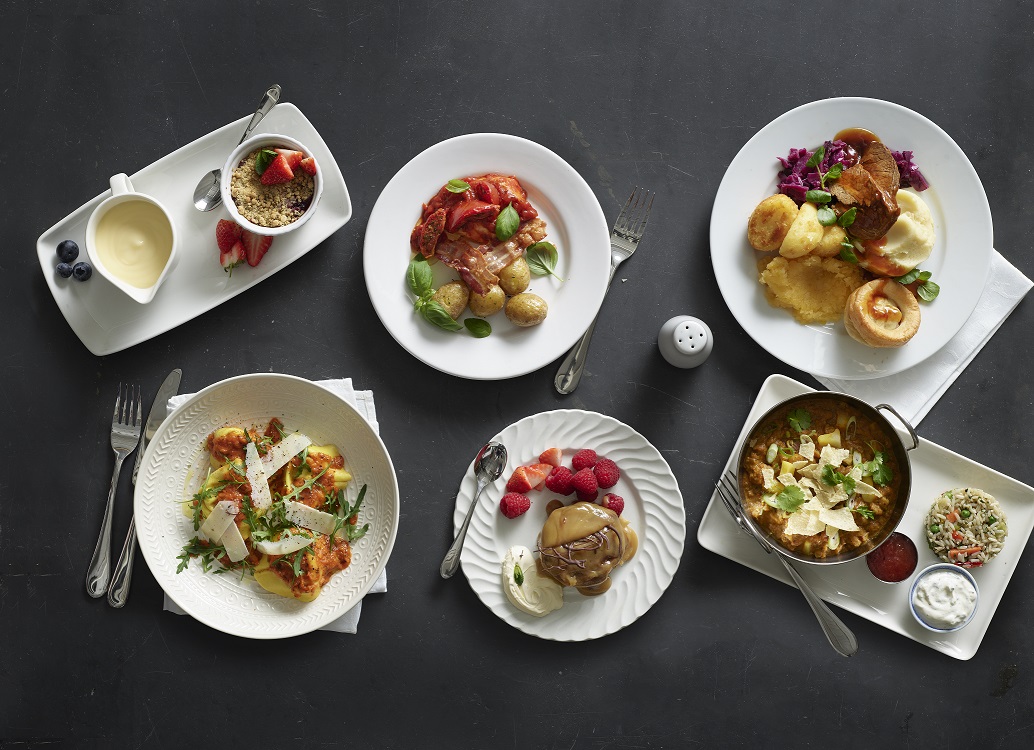By Sophia Cornelius, Development Dietitian at apetito
Texture modified diets are a key aspect for the management of dysphagia, reducing the risk of aspiration and choking as well as minimising discomfort when eating. One of the consequences of dysphagia is malnutrition, with 51% of people living with dysphagia being malnourished or at risk of malnutrition[1]. Providing nutritionally dense, well presented and, of course, tasty texture modified meals is essential for both preventing malnutrition and managing dysphagia. Here are several ways in which a texture modified diet can help:
Improved Safety and Comfort
Dysphagia can result from mechanical issues that impair the ability to chew and break down foods into a safe-to-swallow bolus. These mechanical issues can stem from various conditions affecting the structures involved in chewing and swallowing. Texture modification helps address these challenges by altering the consistency of food and making it easier to chew or eliminating the need for chewing altogether. It also ensures a cohesive bolus is formed, which is easier to control and swallow safely, thereby reducing the risk of choking and aspiration.
Reduced Mealtime Fatigue
One of the challenges that contributes to the increased risk of malnutrition is mealtime fatigue. The physical changes associated with dysphagia can make the act of eating more time consuming and tiring. Texture modified foods help individuals to conserve energy through being partially of fully broken down, reducing the amount of effort required to chew and overall physical strain required for a safe swallow.
Enhanced Nutritional Intake
Enhancing safety and comfort while reducing mealtime fatigue will ultimately improve nutritional intake by making the experience less stressful. Furthermore, meals should be approached similarly to how they were before dysphagia, incorporating variety to prevent boredom, presenting food attractively to stimulate appetite, and ensuring excellent flavour to promote good intake. One consideration for individuals with dysphagia is portion size; due to factors like mealtime fatigue, larger portions may no longer be manageable. Food fortification is essential to counteract the nutritional deficit created by smaller portion sizes as not only does it optimise nutritional intake but can prevent people being over faced by large portions as well as reducing food waste.
Both malnutrition and dysphagia can have severe consequences to an individual’s health and wellbeing through increasing the risk of hospital admissions and reducing their independence, resulting in a poorer quality of life. Texture modified meals are tailored to meet the specific swallowing capabilities of individuals with dysphagia, enhancing safety during eating. Additionally, food fortification can be utilised to ensure nutritious meals. However, taste and variety are crucial factors that need to be addressed to ensure optimal nutritional intake and enhance food enjoyment and quality of life. Recent innovations are giving people with dysphagia access to foods that would previously be considered unsafe, expanding the variety and choice available. This includes different cuisines and accommodations for a growing number of dietary needs. Food is considered one of life’s greatest joys, and therefore it is essential that texture modified diets are both safe and enjoyable.
Find out more about the texture-modified range from apetito here: www.apetito.co.uk/our-food/texture-modified
[1] Holdoway A, Smith A. Dysphagia a healthcare professional fact sheet [Internet]. 2019 [cited 2024 Jun 18]. Available from: https://www.malnutritionpathway.co.uk/dysphagia.pdf




